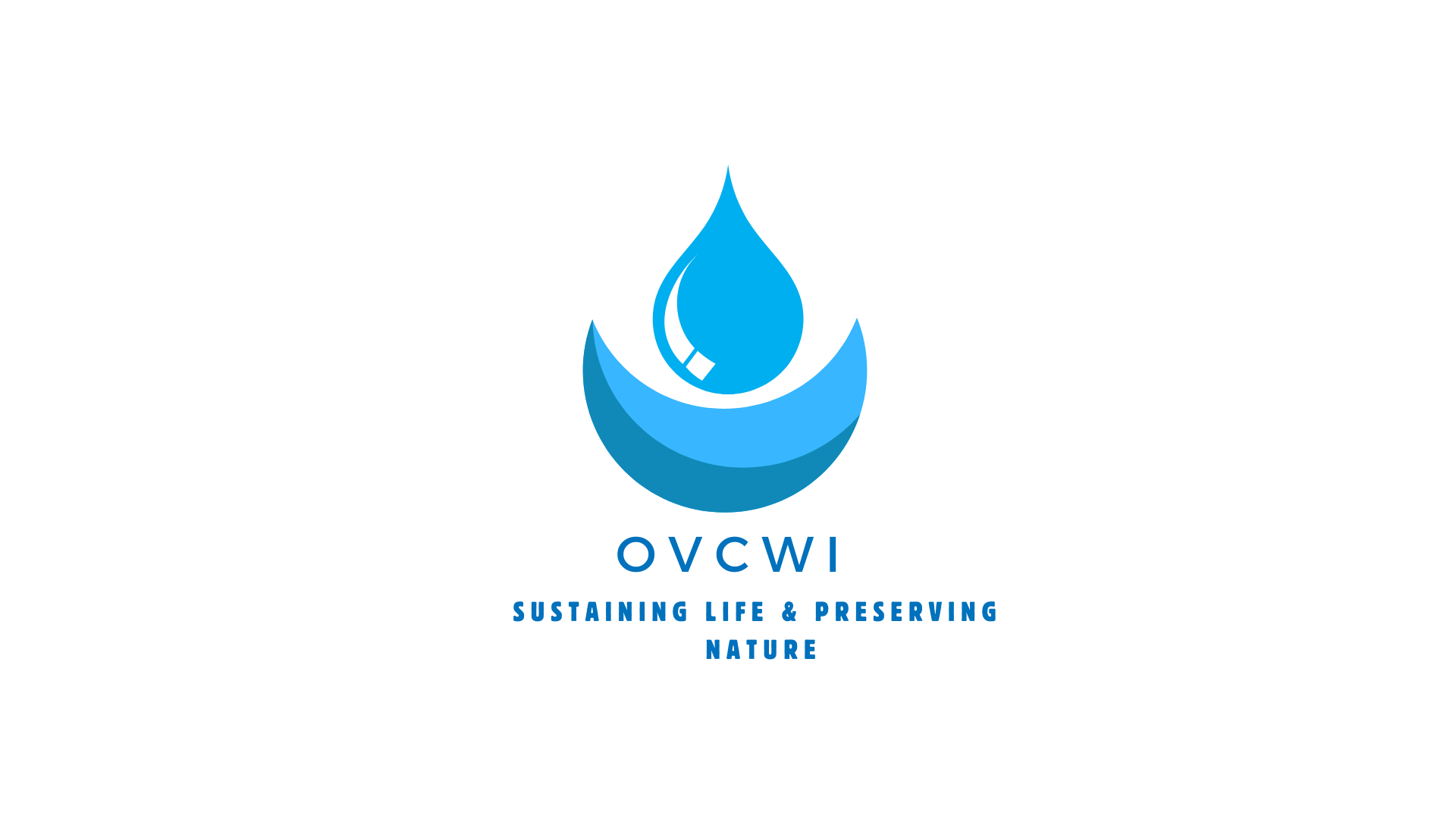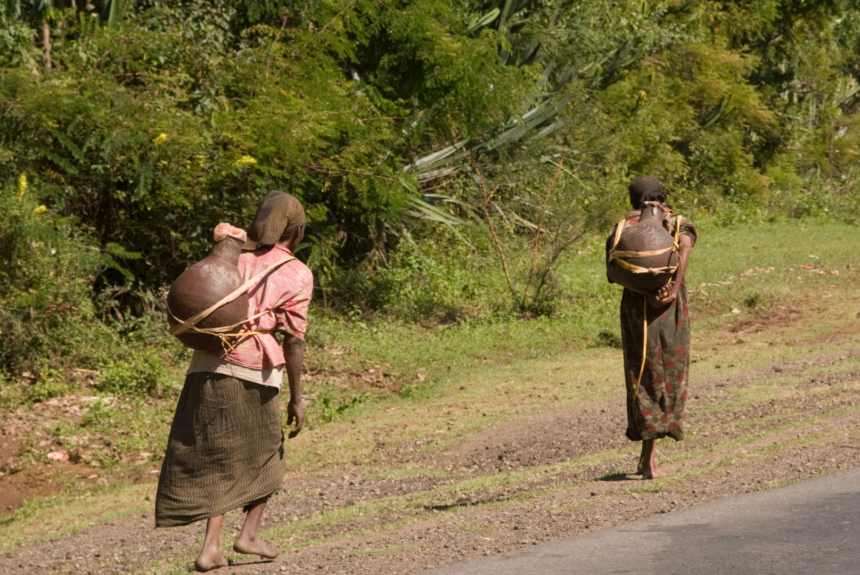The Omo Valley in Ethiopia is home to a diverse ecosystem, rich in natural resources and cultural diversity. However, in recent years, the region has been facing a growing threat – water scarcity. This is a pressing issue not only for the local communities but also for the entire country. With the United Nations predicting that more than half of the world’s population will be living in water-stressed regions by 2050, the urgency to address this issue has never been greater. Fortunately, there is hope. The people of the Omo Valley, along with various organizations, have come together to tackle the problem of water scarcity and ensure access to clean water for all.
The Omo Valley is located in the southwestern part of Ethiopia, bordering Kenya and South Sudan. It is home to several indigenous tribes that have lived in harmony with the environment for centuries. However, in recent years, the region has been facing severe droughts, resulting in water sources drying up and threatening the livelihoods of the local communities. As a predominantly agrarian society, access to water is crucial for their survival. With no alternative means of income, the people of the Omo Valley are left vulnerable and struggling to meet their basic needs.
One of the main causes of water scarcity in the Omo Valley is deforestation. The region has experienced a significant increase in deforestation, mainly due to widespread agriculture, which has led to soil erosion and reduced groundwater recharge. In addition, the Omo River, which is the main water source for the communities in the valley, has been affected by large-scale irrigation projects and dam constructions upstream, further exacerbating the water scarcity issue.
Recognizing the severity of the situation, the local communities, with the support of non-governmental organizations, have been implementing various initiatives to mitigate the effects of water scarcity. The non-profit organization Omo River Child, founded by Dr. Fikru Helebo, has been working with the communities to build sand dams along the river to improve water storage and encourage sustainable use of water. These sand dams act as natural filters, collecting and storing water during the rainy season, which can then be used for drinking, farming, and livestock rearing during the dry season.
Another initiative is the Community-Based Water Resource Management (CBWRM) project, implemented by the NGO, Action for Development. This project focuses on involving the local communities in the management of their water resources, including awareness-raising campaigns on water conservation and sustainable practices. The project also supports the construction of traditional water harvesting structures, such as ponds and ditches, to help capture and store rainwater.
Furthermore, global organizations such as the United Nations Development Programme (UNDP) and the United Nations Children’s Fund (UNICEF) have also been working in the Omo Valley to enable access to clean water and improve hygiene and sanitation practices. The UNDP has been implementing a project that aims to improve water supply systems and promote rainwater harvesting to provide sustainable and safe water sources for the communities. Similarly, UNICEF has been working on building wells and piped water systems in schools and health centers, along with providing training on hygiene and sanitation to improve the health of the communities.
The efforts of these organizations, along with the determination and resilience of the local communities, have shown promising results. With sustainable water management practices and the implementation of water conservation techniques, the region has seen an increase in water supply and a decrease in waterborne diseases.
However, the work is far from over. Continued efforts are needed to address the root causes of water scarcity and ensure long-term solutions. The government of Ethiopia can play a crucial role in this by promoting sustainable agriculture and investing in renewable energy sources, reducing the need for large-scale irrigation and dam construction.
In conclusion, the Omo Valley is a prime example of the consequences of water scarcity and the power of community-driven initiatives. By coming together, the people of Omo Valley have not only improved their access to clean water but also demonstrated the importance of protecting our natural resources. As the world faces a growing water crisis, it is imperative for us, as global citizens, to take inspiration from the United Against Water Scarcity movement in the Omo Valley and work towards ensuring clean water for all.
Discover more from Omo Valley Clean Potable Water Initiatives
Subscribe to get the latest posts sent to your email.


